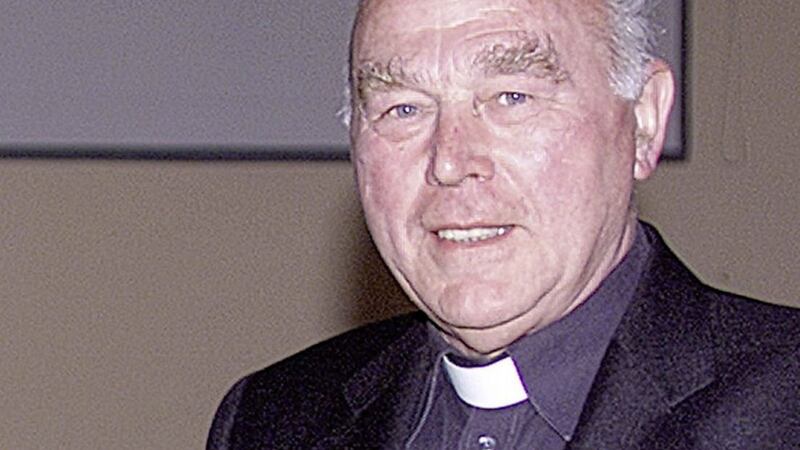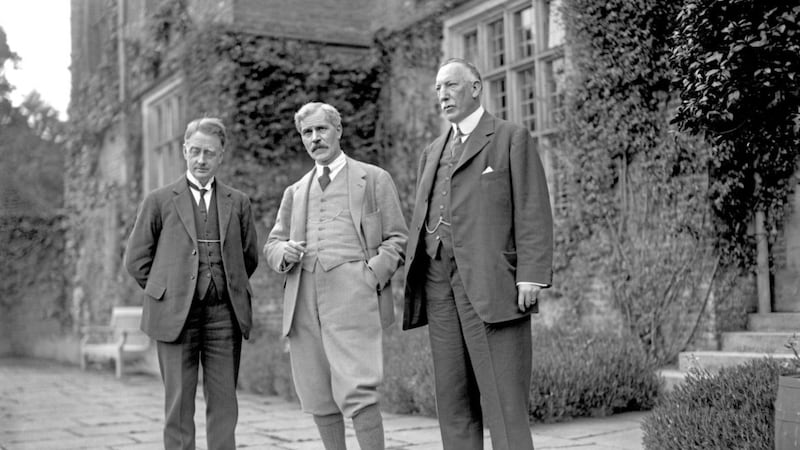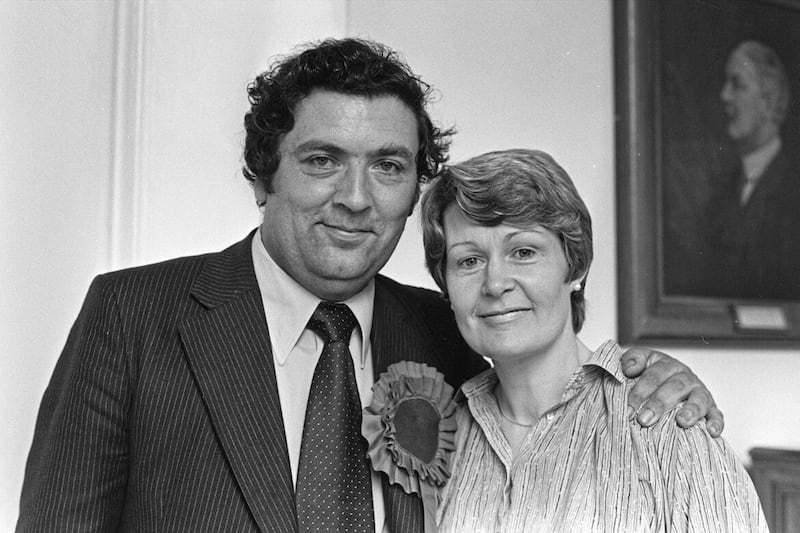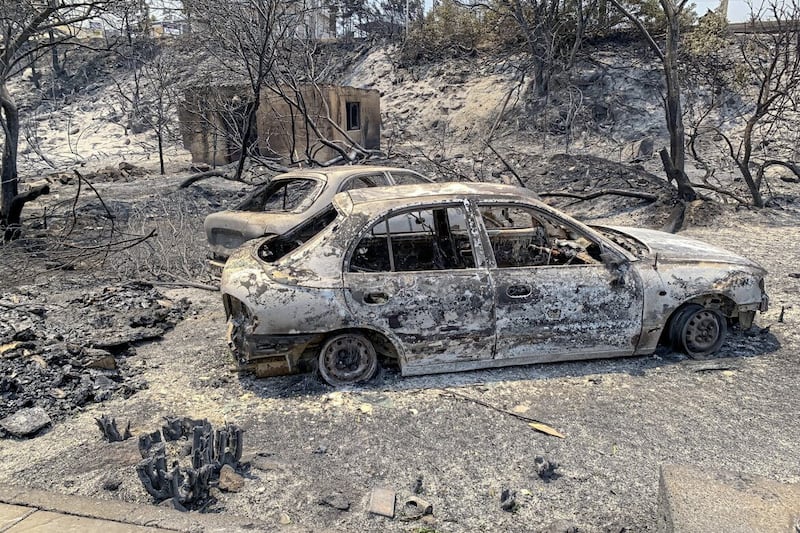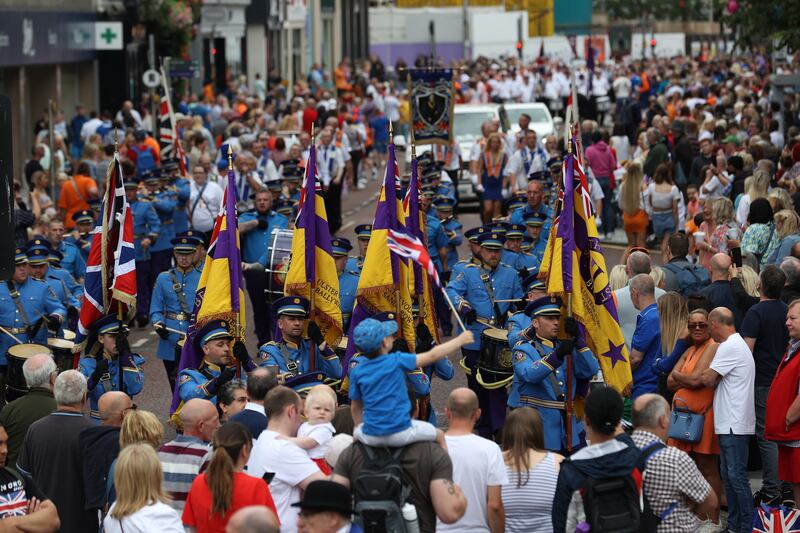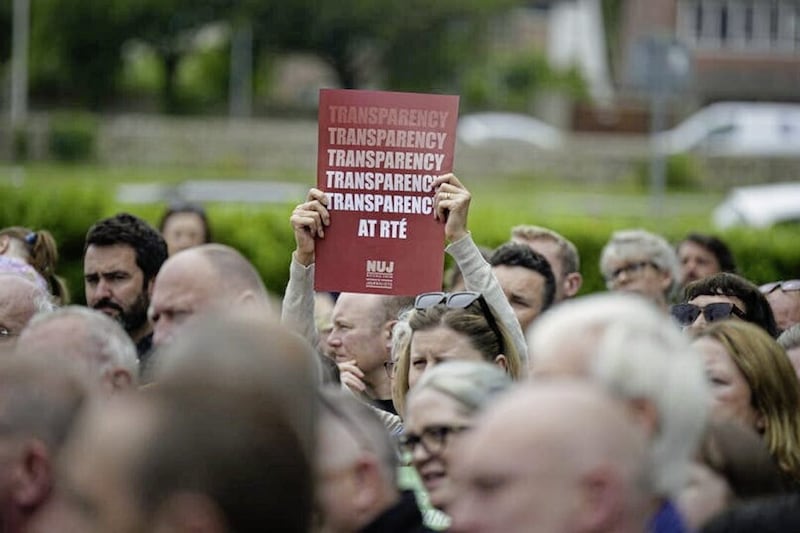A find in this season of devouring reading material, it would do pretty well as the book of the film, or the core of one.
At a guess the late Monsignor Ambrose Macaulay, shy and serious historian with six books to his name, wasn’t thinking of the screen. His ‘Centenary Record’ of St Brigid’s parish in south Belfast does the job in 25 pages all the same.
Penal laws, persecution, poor housemaids from the country, prejudice. The monsignor records as legend the friar who said Mass around a sand pit at nearby Stranmillis in the early 1700s, shot dead as he was about to give the final blessing. In February 1893 a church to seat 300 opened at Derryvolgie Avenue, then the suburbs of the city, because the ‘unmarried women’ who worked in the local big houses had told priests they couldn’t walk the miles to St Malachy’s and back in what time they had free on Sundays.
It only took another 100 years for the complaint that Catholics were now ‘strengthening their grip on Belfast.’ Or so said the Reverend Ian Paisley, on St Brigid’s buying the Lisburn Road’s derelict Regal Cinema, having applied for planning permission with an assurance it would not be used for bingo. Monsignor Macaulay omits Paisley, instead recording the gist of local objections - why this congested site in a predominantly Protestant area? Plus the Town Planning Committee’s ‘no valid reason to refuse permission’, and the committee chairman’s claim that cost him re-selection for the next council elections. Rector of the nearby St Thomas’ Church of Ireland Canon Eric Elliott, a friend to St Brigid’s, called the petition a ‘dangerous boomerang’.
Paisley complained at the Presbyterian Church selling the site, though the intention was clearly to ‘Papalise’ the Lisburn Road, to lower the tone of the area by turning it into a Roman Catholic neighbourhood. ‘A military friend’ had showed him that ‘the main approaches to Belfast were now controlled by Roman Catholic areas.’
This is from an official transcript of a tape of Paisley because in these days of growing civil rights organisation and hardening unionist opposition to it, Terence O’Neill’s government was thinking of prosecuting him for sedition. Boasting of tip-offs from police, soldiers, officials, he jeered in speeches and sermons at O’Neill’s ‘tapeworms’.
A spokesperson for the objectors asked why St Brigid’s could not expand where it stood. So, in the end, they did, the Regal bought for £30,000 in January ’67 and selling for £100,000, like other canny St Brigid’s purchases.
The blight of the Troubles decades was about to descend, the IRA reborn as the Provos. Monsignor Macaulay wrote judiciously that St Brigid’s did not suffer remotely as many others did ‘in loss of life or damage to property’. Then he recorded parishioners killed, bombings and injuries near the church, the bloodshed by loyalists and the IRA at the church itself; students Kevin Ballentine and Gerard Kiely shot coming away from Mass in February 1975, Judge William Doyle in 1983, and Mary Travers the following year, killed instantly in the ambush that severely wounded her magistrate father Tom.
But St Brigid’s steadily prospered. As parish priest the shy monsignor commissioned a still bigger church. As the student body in Queen’s, a quarter of a mile on down the road, became steadily less Protestant, with the peace process about to deliver at least an initial IRA ceasefire, to some unionists the early 90s were destabilising after the unchanging Troubles.
BT9 is not all wealth but much mocked for its café lattes, its expensive boutiques. Old, sedate Malone had been changing for decades. In 1994 the builders’ hoardings came down and the ambitious new St Brigid’s ‘burst’ on to the Malone Road, to considerable Catholic satisfaction and some Protestant muttering.
Parish and postcode illustrate in miniature how James Craig’s state has been transformed in its hundred years. He can hardly be resting peacefully in his modest grave behind Parliament Buildings.
